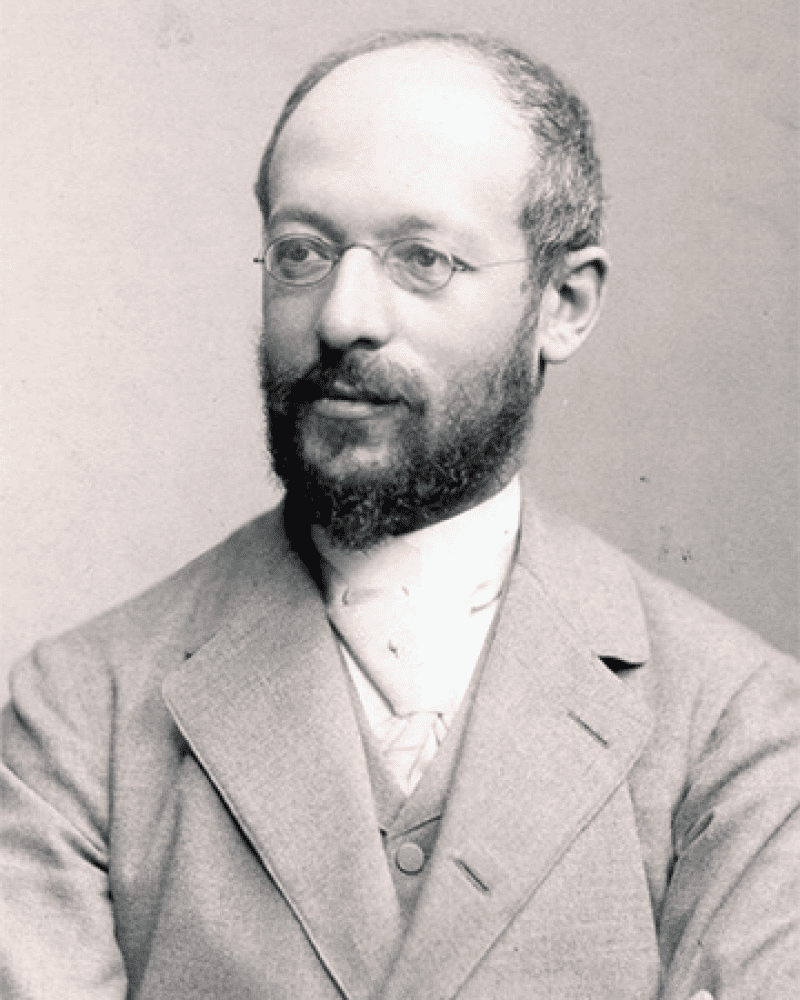Information overload is old news

Picture a train full of rush-hour commuters – you probably imagine them all vacantly scrolling and tapping on their smartphones, killing time.
***
[Header photo: Clay Banks on Unsplash]
Simmel writes: “where quantitative increase of value and energy has reached its limits, one seizes on qualitative distinctions, so that […] the attention of the social world can be won for oneself”.
Following this observation, then, marketers can draw upon quantitative findings to create concise and useful content, but they also have to find meaningful ways to appeal to people’s messy and illogical feelings – to balance the rational with the emotional.
══════════════════
Simmel’s essay shows us that problems which appear to be brand new are in fact part of the common theme of human experience, and we can utilise thinkers of the past in order to overcome them.
Our job as marketers is to achieve a deep understanding of people’s lives, so we can find ways more personal and emotive ways to reach them.
Get in touch if you’d to talk about extending your reach.
***
[Header photo: Clay Banks on Unsplash]
Glued to their screens, they graze on information without really taking any of it in. This has turned into a cliché of modern life, simply because people are constantly being bombarded with content in the form of ads, blogs, social posts and news articles.
They’ve reached information overload and it’s a content writer’s nightmare. How, then, can this new menace to marketing be defeated and how do we create content which cuts through the noise?

Despite the identification of smartphones, social media, and instant messaging as the chief culprits behind the public’s inability to focus, information overload is by no means a new problem.
Sociologist and structural theorist Georg Simmel wrote in his 1903 essay ‘The Metropolis and Mental Life’ that a person must develop a “blasé outlook” to cope with the constant influx of sights, sounds, people, products and experiences of the city. This results in a form of numbness which has the effect of a “protective organ against profound disruption”.

Simmel writes: “Instead of reacting emotionally, the metropolitan type reacts primarily in a rational manner”. This compels people when encountering fresh information to ask themselves: ‘Do I have time for this? Will this cost me anything? Do I have anything to gain? Is it really worthwhile?’
In response to reduced time and attention spans, people become more calculating, more quantitative and scheduled, and generally less responsive to new experiences or ideas.
Simmel also argues that, to the blasé city dweller, all things appear essentially similar, “in a homogenous, flat and grey colour with no one of them worthy of being preferred to another”. As a result, it becomes difficult for them to differentiate one product or idea from another.

One hundred and seventeen years later, we can now add ‘content’ to Simmel’s long list of things which fatigue people’s attention.
Reassuring as it may be to learn that information overload is no recent phenomenon, the question still remains as to how marketers can generate genuine engagement with their content.
Fortunately, Simmel may have an answer for this too:
1. Be interested
In his essay, Simmel argues that, to avoid making people feel like “a single cog [in] the vast overwhelming organisation of things”, the metropolis “places emphasis on striving for the most individual forms of personal existence”. If we apply this insight to marketing, it highlights the need to find ways of making people feel recognised.
Creating content which makes audiences feel as though that it’s genuinely tailored to them as individuals requires research and insight which utilises specialist segmentation and personalisation.
2. Be interesting
Simmel writes that, with its multiplicity of information and choices, the city creates “the necessity to specialise one’s product”, primarily through differentiation, refinement and enrichment: “the seller must seek to produce, in the person to whom he wishes to sell, ever new and unique needs”.
Marketers, therefore, have to make sure they’re taking the time to make their brand’s message clear and articulate what is truly different about their product if they’re to break through people’s ‘blasé outlook’.
3. Be human
Simmel writes: “where quantitative increase of value and energy has reached its limits, one seizes on qualitative distinctions, so that […] the attention of the social world can be won for oneself”.
Following this observation, then, marketers can draw upon quantitative findings to create concise and useful content, but they also have to find meaningful ways to appeal to people’s messy and illogical feelings – to balance the rational with the emotional.
══════════════════
Simmel’s essay shows us that problems which appear to be brand new are in fact part of the common theme of human experience, and we can utilise thinkers of the past in order to overcome them.
Our job as marketers is to achieve a deep understanding of people’s lives, so we can find ways more personal and emotive ways to reach them.
Get in touch if you’d to talk about extending your reach.
***
[Header photo: Clay Banks on Unsplash]

